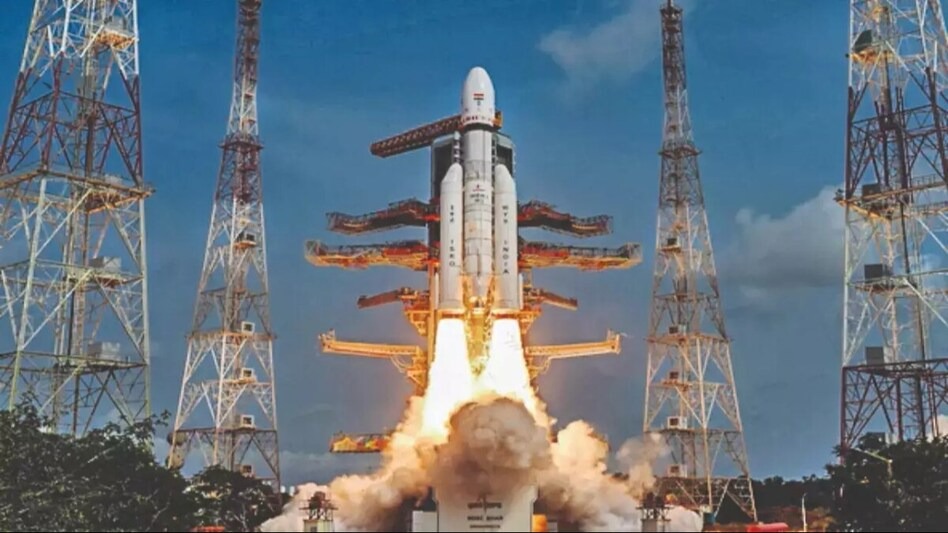
India’s space agency, the Indian Space Research Organisation (ISRO), has marked a historic milestone with the successful landing of Chandrayaan-3 on the Moon. This achievement not only showcases India's growing prowess in space exploration but also propels the nation to the forefront of global space technology. Chandrayaan-3's successful landing on the Moon’s southern pole places India among the very few nations capable of such a complex and ambitious mission.
Chandrayaan-3’s Significance
Chandrayaan-3’s landing is especially significant as it represents a major leap forward in India’s space exploration capabilities. The mission, which involved a lander, rover, and orbiter, was meticulously planned and executed to enhance India’s understanding of the Moon's surface, particularly the southern pole, which remains relatively unexplored. This region is of high interest due to the potential presence of water ice, which could be crucial for future lunar exploration.
Chandrayaan-3 followed the ambitious Chandrayaan-2 mission, which faced challenges during its landing attempt but still provided valuable scientific data. With this new achievement, ISRO has demonstrated its technical expertise, overcoming the difficulties faced in previous missions.
Technological and Scientific Contributions
Chandrayaan-3 has not only bolstered India’s technological capabilities but has also contributed to the global scientific community. The lander and rover have been designed to conduct experiments that will shed light on the Moon’s mineral composition, topography, and water presence. These findings are expected to aid in the development of sustainable strategies for human colonization of the Moon in the future.
ISRO’s commitment to space science is also reflected in its growing list of successful missions. The launch of the Mars Orbiter Mission (Mangalyaan) in 2013, followed by Chandrayaan-1, which confirmed the presence of water on the Moon, and now the success of Chandrayaan-3, further solidifies India’s position as a rising power in space exploration.
Impact on Global Space Exploration
India’s progress in space exploration has reverberated across the world, particularly in the context of increasing competition among nations in space. The success of Chandrayaan-3 places India alongside the United States, Russia, and China as a leader in space technology. It also highlights India’s potential to contribute to future international space missions, including plans for lunar bases and Mars exploration.
The success of Chandrayaan-3 has opened up opportunities for international collaborations in space exploration. Countries like Japan, the United States, and members of the European Space Agency (ESA) have already expressed interest in partnering with ISRO for future missions, further boosting India’s role in the space industry.
Future Goals and Challenges
Looking ahead, India’s space program aims to achieve even greater feats, including the eventual launch of human spaceflight missions and missions to Mars and Venus. While the success of Chandrayaan-3 is a proud moment, challenges remain in terms of advancing technology, securing funding, and ensuring sustained political support for space exploration.
ISRO’s future endeavors include the Gaganyaan mission, which aims to send Indian astronauts into space, and the development of more advanced rovers capable of exploring distant parts of the Moon and other planets. These missions represent India's long-term ambitions in space exploration.
A New Era for ISRO
Chandrayaan-3 has undoubtedly marked the beginning of a new era for ISRO and India’s space exploration efforts. The mission's success is not just a victory for India but a testament to the country’s growing influence in the global space community. With more missions lined up, ISRO is poised to continue its journey of exploration, contributing significantly to our understanding of the universe.
Read More: YouTube bans reality show Love Island in Pakistan after controversy erupts
--Advertisement--

 Share
Share



